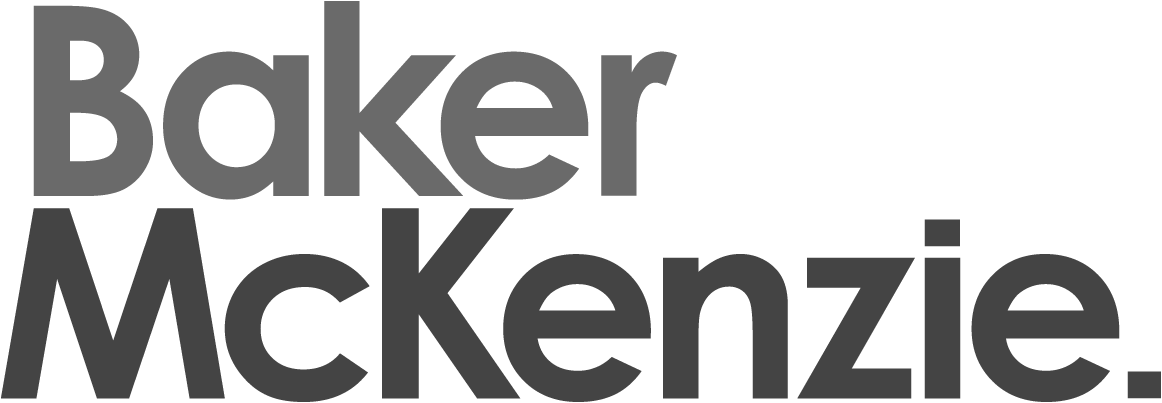Article · 4-minute read
18th June 2024
Global data covering 163 countries shows that whilst women accounted for 41.9% of the workforce in 2023, only 32.2% of these were in senior leadership positions (Director, Vice-President or C-suite). Even more concerning is the lack of progress being made; there has been a modest increase of about 1% per year globally for eight consecutive years which reversed in 2023, regressing to 2021 levels.*
In a situation where diversity within a talent pool is at a premium, it is critical to identify where opportunities for bias can creep in.
Our own research into leadership potential has identified two key findings:
Both the fairness and validity of a model can be increased by including behaviors that females tend to demonstrate more of a preference for.
This approach, which moves away from a traditional view of potential, can increase the number of female leaders by 5%.
When it comes to identifying potential, we need to look at it differently, and earlier in the process, to avoid opportunities for bias to creep in.
Traditional models of potential can be very restrictive in terms of what they say and measure. They tend to present one very clear definition of potential that applies to all leadership, across all organizations, and fail to account for different types of leadership roles.
Our Wave Leadership Potential dashboards go beyond a single viewpoint of what good leadership looks like, displaying both core and specific areas of leadership potential. Expanding this viewpoint of leadership potential can have a positive impact on broadening the pool of talent captured within it. Our research has shown a 5% increase in females identified, as compared with traditional models.

5% increase in females identified as leaders, compared to traditional models
This approach can be used at the point of executive hiring and for leadership development programs, ensuring the focus is immediately on the potential individuals demonstrate against the specific areas of leadership they need to deliver impact against.
To improve the diversity of leadership pipelines for a new world of work, we need to look at who is identifying individuals as high-potential, usually the manager. The trouble with this is that managers often struggle to effectively identify potential. This is not only something we hear from clients but have seen in our own research too. The reasons are multi-faceted but unconscious bias is one of the most problematic.
This is particularly concerning when research indicates that women at Director level are leaving faster than they’re being promoted.** Where there is not enough structure, rigor or objectivity in leadership hiring and development, it can become a breeding ground for bias. This can result in a pipeline of “mini-me”s (identifying someone who is similar to them as high potential) where the likelihood for this is amplified by a smaller talent pool. Balancing the view of a person’s previous experience with scientifically-proven data focusing on their potential can help to mitigate this.
Saville Assessment Wave puts the best predictor of potential in your hands, reducing the odds of wrongly identifying potential by 85%. A key aim in the development of Wave Leadership Potential was to increase fairness and reduce adverse impact.

The initial development of the model focused on over 7,000 ratings of potential with additional fairness analysis run using over 18,000 international professionals and managers. Where potential adverse impact was identified, the equation was further refined to increase fairness. Specifically, initial versions of the equation were slightly favoring men, so certain behaviors which tended to be higher in males were de-prioritized and behaviors which tended to be higher in females were brought in, and weighted higher, to even this out.
A combination of supportive behaviors and more typical leadership behaviors around Drive and Leading People increases the potential for leadership roles
The initial assumption was this would slightly reduce the validity of the equation, an acceptable trade-off to increase fairness. We were delighted to discover that not only did the validity not drop, but it actually increased slightly. We were fascinated by the implication that more supportive behaviors such as understanding and getting to know people could increase potential for leadership roles when combined with more typical leadership behaviors around leading people, rather than detract from them. This is also a testament to the power of combining these behaviors into an overall core leadership score rather than looking at behaviors in isolation.
*World Economic Forum 2023 Gender Pay Gap Report
**Forbes; ‘Women Executives Leave The Workforce Faster Than They Are Promoted’




and many more.